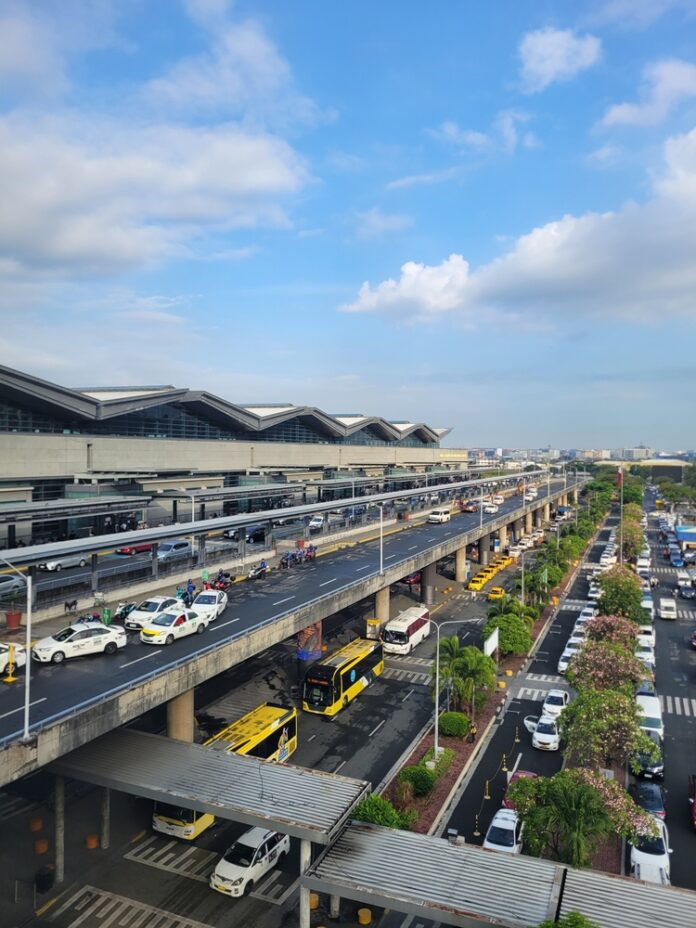The New NAIA Infra Corp. (NNIC) on Tuesday ruled out immediate changes to terminal assignments at the Ninoy Aquino International Airport (NAIA) following the recent turnover of operations at the country’s main international gateway.
The company said the status quo remains in place as operations continue smoothly under the new management.
NNIC general manager Angelito Alvarez reassured travelers that any future terminal reassignments or changes will be introduced gradually and strategically.
“These adjustments will be aligned with ongoing infrastructural and technical upgrades at the airport, ensuring a seamless experience for passengers,” he added.
Alvarez stressed terminal reassignments will not be implemented all at once but phased over time, with the goal of minimizing disruptions.
NNIC is committed to keeping the public informed, and any changes to terminal assignments will be communicated in advance to ensure a smooth and efficient transition as part of broader modernization efforts, he said.
Three days earlier, the NNIC officially assumed control of the NAIA with ambitious plans to elevate the NAIA operations to global standards.
The NNIC has committed to spend P170 billion to execute its phased and ambitious plan. This includes proposals to increase passenger capacity from 43 million to 62 million annually and air traffic movements from 42 to 48 per hour.
The government stands to gain P1 trillion in revenue from the PPP project over a 25-year concession period. This includes the 82.16-percent revenue share to be remitted to the government yearly.
Travelers can expect business as usual, with flights, check-ins, and other services proceeding as normal.
In the first three to 12 months the company will start adding new toilets, refurbish existing comfort rooms, install more air-conditioning units, a reliable high-speed internet, additional seating capacity in the terminals, repair of existing walkalators, escalators and elevators, among others.
Within four to five years, the NNIC will increase terminal capacity from 35 million to 62 million passengers, a new terminal connecting Terminal 2, connection of Terminal 3 to the Metro Manila Subway and increasing aircraft movement from 40 to 48 movements per hour.







